Central banks of emerging markets in Asia started making large stocks of forex reserves especially after the financial crisis of Asia (1997-98). Now the question is, whether they need to keep so much of reserves or not. Experts who are against keeping so much of reserves are of the opinion that, since most of them are invested in US Treasury bills, the return is very low. Therefore, opportunity cost of maintaining a large reserve is very high. They also argue that, instead of investing the forex reserves in the US Treasury bills, reserves can be utilized in high-yielding and high-risk assets. The risk factor can be ignored given the huge amount of reserves. The potential return from these projects would have been higher. On the other hand, supporters of the high forex reserves argue that low forex reserves may lead to devaluation of the currency which, in turn, might lead to financial crisis in the emerging markets. The foreign currency loan repayment and import become costly when the currency depreciates against foreign currency. This book is a unique attempt to capture the reasons and implications of the substantial increase of foreign exchange reserves of these economies. Particular emphasis is laid on analyzing the opportunity costs of holding such reserves and possible utilization of such reserves so as to obtain higher returns from them. Therefore, foreign exchange reserves are now not only for ‘self-insurance’ but also as an instrument for profitable investment for Asian economies.
Forex Reserves in Asia: New Realities and Options
$29.70
$33.00
In stock
Free & Quick Delivery Worldwide
All orders amounting to US$ 50 or more qualify for Free Delivery Worldwide. For orders less than US$ 50, we offer Standard Delivery at $14 per book.
ABOUT THE AUTHOR Jayanta Kumar Seal
Jayanta Kumar Seal holds a doctoral degree in Finance from the Rabindra Bharati University and holds an M.Phil degree in Finance and Accounting from the University of Calcutta. He is presently working as a Faculty Member at the Icfai Business School, Kolkata. Prior to joining Icfai, he was faculty in the Vivekananda College, Kolkata. He regularly contributes articles to various refereed journals. He has more than ten years of teaching experience at various academic as well as management institutions. His areas of interest are in corporate finance, portfolio management, security analysis and cost accountancy.
ABOUT THE AUTHOR Sankhanath Bandyopadhyay
Sankhanath Bandyopadhyay has obtained his undergraduate degree from the Asutosh College, Calcutta University and post-graduate degree from the Jawaharlal Nehru University (JNU). Presently, he is working as a Research Associate in the Icfai Research Centre, Kolkata. He has several publications in reputed journals and magazines. His areas of interest are in Financial Economics, Monetary Economics, Macroeconomics, International Trade, and Indian Economics.
reviews
0 in total
Review by Anonymous
Be the first to review “Forex Reserves in Asia: New Realities and Options” Cancel reply
You must be logged in to post a review.
Bibliographic information
Title
Forex Reserves in Asia: New Realities and Options
Author
Edition
1st ed.
Publisher
ISBN
9788131419793
Length
236p.
Subjects
more by Jayanta Kumar Seal see more
similar bookssee more
Employee Relations in the Emerging Business Environment
In today’s global village, ...
$31.50
$35.00
Information Technology (IT) in the Indian Economy: Policies, Prospects and Challenges
India has emerged over the ...
$71.10
$79.00

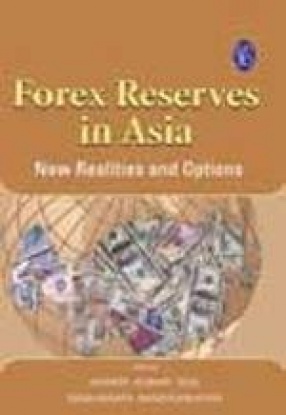

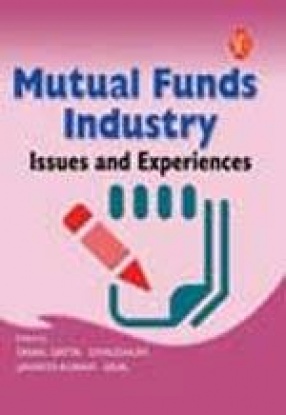
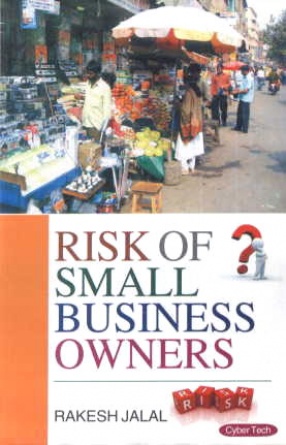
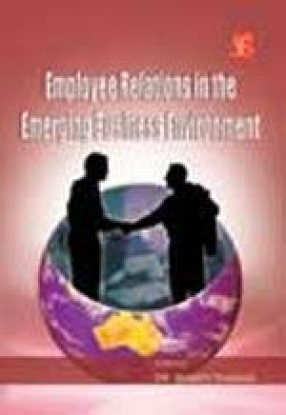
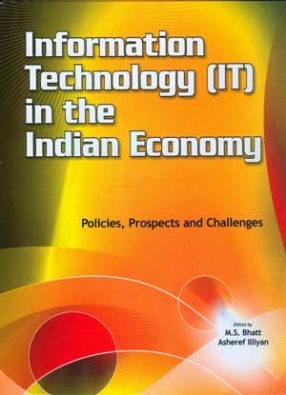
There are no reviews yet.